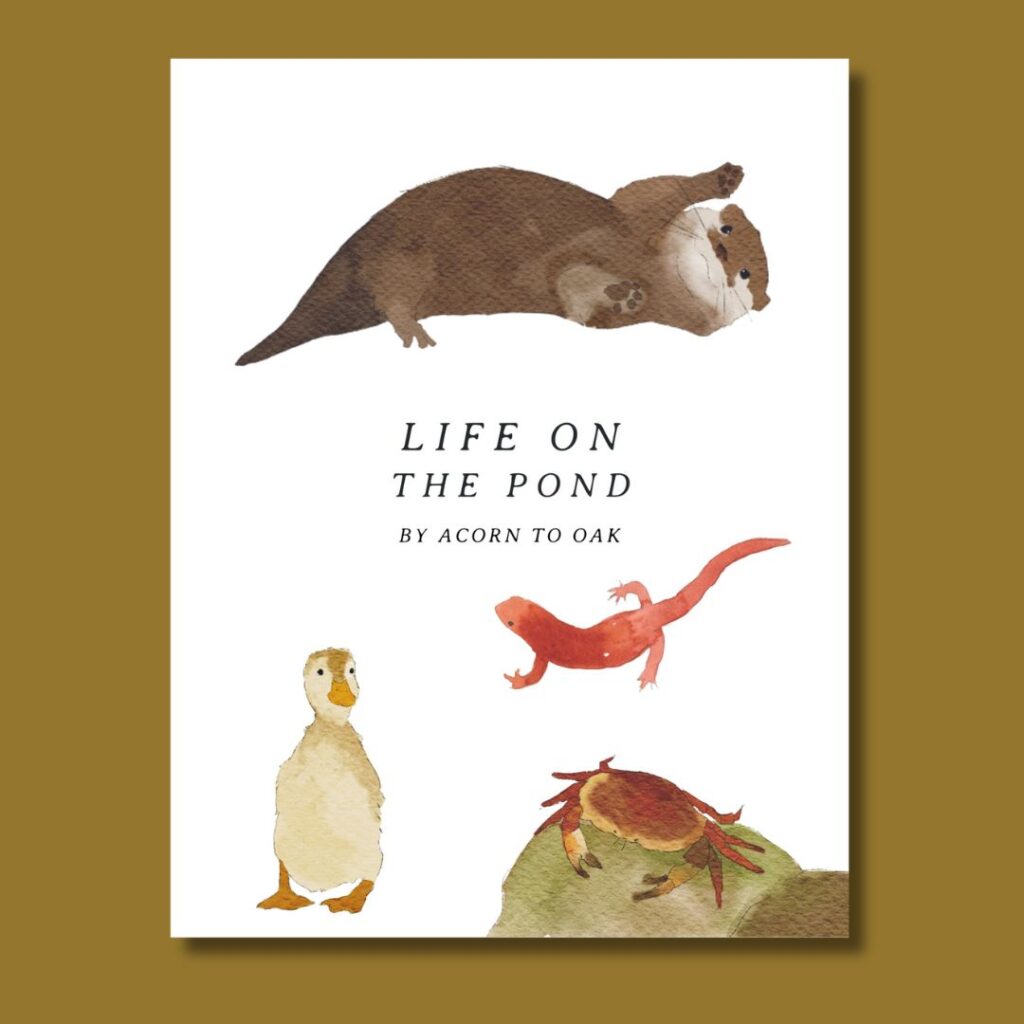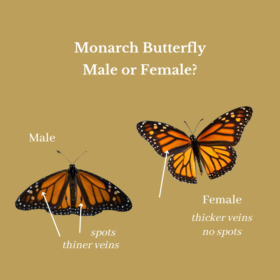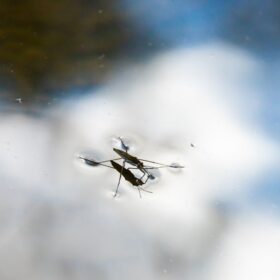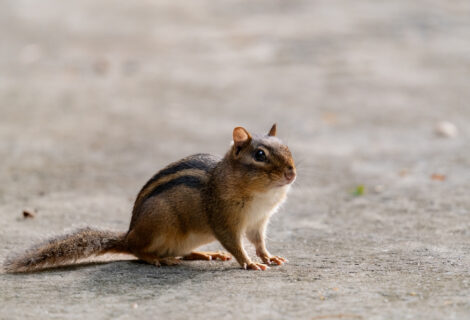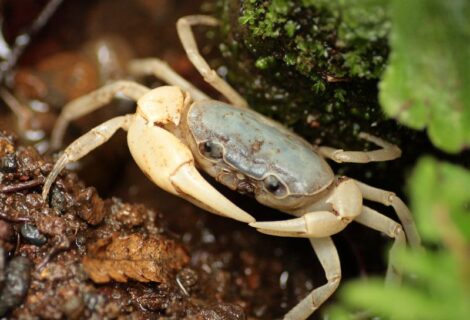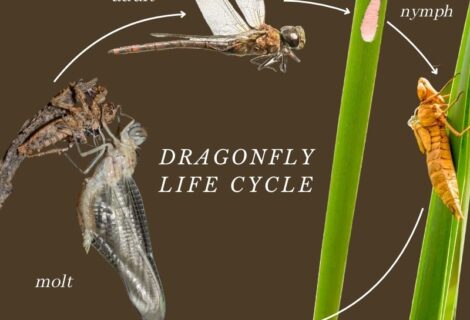
An amphibian is a vertebrate animal that can live on land and water. Ambians typically develop through a form of metamorphosis. There are three groups of amphibians. The first group consists of frogs and toads. The second group consists of salamanders, including newts and axolotls. The third group is made up of worm-like critters called caecilians.
What are the three types of amphbian?

What are the the characteristics of an amphibian?
Amphbians have several common characteristics that make them different than other animals.
- Amphibians can live on both water and land.
- Amphibians undergo metamorphosis, where they chance from water-dwelling, gill-breathing larva into a land-dwelling, lung-breathing adult.
- Amphbians do not have scales. They have smooth, moist skin. Their skin help them absorb oxygen and allow them to breathe through their skin.
- Amphbians are cold-blooded. Amphbians need to bask in the sun, or swim in cool water to control their body temperature. Amphbians are ectothermic, meaning they rely on the environment to regulate their body temperature.
- Most amphibians lay their eggs in the water. Their eggs are jelly-like and moist.

Vocabulary
Amphibian: An amphibian is a vertebrate animal that can live on land and water. Ambians
Vertebrate: A vertabrate is an animal with a backbone.
Metamorphosis: The process of transformation that takes place between the development of an egg to an adult.
Cold-blooded: An animal whos body temperature depends on the environment.
Ectothermic: An animal that is dependent on outside sources of heat.
Reading Comprehension
What is an amphibian?
What are the three types of amphibian?
What are the characteristics of an amphibian?
Ready to earn your Pond Life Badge? Complete our pond life study here!


